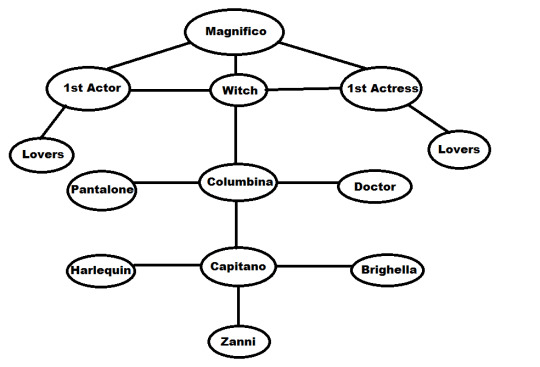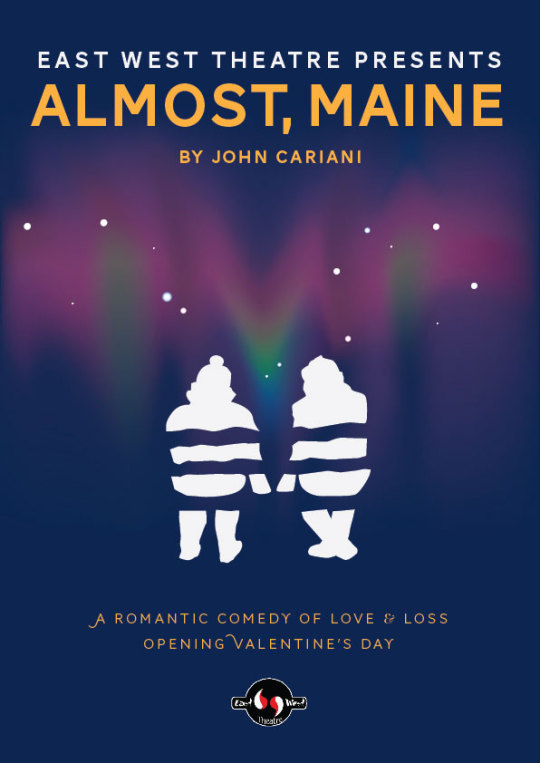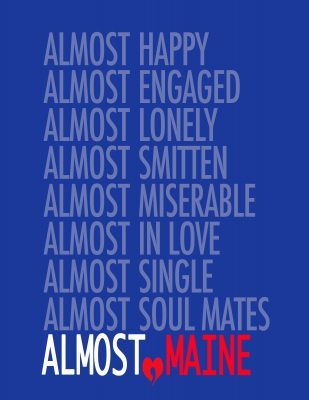Text
Starting Points: #2
Mannequin Head;
Shows how thoughts roll around someone’s head
Initially quotes from of mice and men
Taking risks for the first time
Stepping outside the box
Emotionless face
Cold quotes for a faceless person
Eerie
Amethyst;
Perception
Inner beauty
Internal growth
Nothing starts beautiful but can grow to be be beautiful
Nostalgia
Memories
Innocence
Purity
Headlight;
Passive Assistance
Guidance
“Lighting the way for you”
How people can light the way for you even when you don’t realise it
The wind at our back
Gratitude
We thank those who are right there with us
Forgetting about the structures and basics that provide the opportunities
Accessibility
Maya’s excerpt “Panic”;
Feeling lost
Somewhere else
Words
Forbidden
Unliked
“You”
Pain people bring
Suffering people bring
Insecurity people bring
Mistakes
Mistakes that haunt us
Mistakes we let ourselves be haunted by
3 notes
·
View notes
Text
Practitioner Study: Brecht
Born in 1898, in Germany
Worked as a medical orderly in WW1
Started working in theatre in Munich and Berlin
After the Nazi’s came to power (1933), Brecht fled and had his nationality stripped; became stateless; strong political stance
In 1941, became an American but then returned to Europe
Most famous plays; life of Galileo, Caucasian chalk circle
Was a Marxist
Broke 4th wall, tableaux and montage all to break the flow
Wanted theatre to spark an interest in audience, not be passive
Incouraged the audience to be critical of the world around them
Influenced by a lot of international theatre
“Art is not a mirror, as which to reflect reality but a hammer to shape reality” -Bertolt Brecht
0 notes
Text
Starting Points:
What could a starting point be?
- Choosing Groups
- Establish strengths and weaknesses
- Inspiration
- Moodboards
- Manifestos
- “Something to think about as we create”
- “What do you care about”
- Everyone could bring something different in a group
- A story
- An image
- A song
- Anything
0 notes
Text
What I care about || Manifestos
Mothers
Daughters
Sons
Fathers
The ones who are left to grieve
Children who are victims of their parents
Natural Disasters
Unnatural Disasters
The people we choose to be represented
Womanhood
Sexuality
Who we choose to punish
What we choose to punish
My hair
My body
My culture
My people
Gentrification
The role of religion
Godliness
Mental Health
Unnecessary Goodbyes
Regretted Hellos
0 notes
Text
Collaborative Project
Beginning the Journey
Scorched Moments
3 images that inspire us from other artists
What matters to us?
Life convictions and experiences
Exploring different styles of theatre
Performing in the style of a practitioner
Artists that inspire us
What they have done to influence society
Artist Creating Dangerously
Theatre Companies that Create
List of everything I’ve done as an artist
Art that I’ve created
Art that I’ve seen
0 notes
Text
Artists Who Create Dangerously
What qualities do these artists share?
Are there any common experiences?
Is there a connection between their culture and their art?
0 notes
Text
Talchim: Masked Dance
Characteristics of Masked Dance:
A spiritual base of respect for nature and respect for freedom of expression
Embodiment of feelings
of Han
Deep inner sentiment that is manifested as profound grief or sadness
Of sinmyeong
Artistic ecstasy or exhilaration that occurs at final dramatic moment, darkness to light
Cathartic experience
Masks
Ceremonial Burning
Some masks are created for permanent use, others are only for temporary
Shamenism
Belief in spirits
Male and Female
Male masks have their mouths only (can speak)
Only grandmothers have their mouths open to
Amount of Wrinkles
Tells the age
Spots
Disease and leprosy
Communal play
Close connection with audience and stage
Madang;
Theatre in the round
Performances spans an hour
A lot of interactions between musicians, audience and actors
Audience can shout out and intervene
No barriers between stage and audience
Can become a conference for debating issues in real life (not always about fantasy)
Pre-show parade and post-show dance
Composed of solo scenes and songs
Freedom of time and space
Allows a variety of dramatic conflict
No stage decoration
Can move freely from one scene to the next (no scene change)
Move freely from one time period to another
Use a few gestures, lines and props to tell a story
No narration needed to tell the difference between scenes and such
Excellent device for satire
Dramatic conflict to deal with issues in life:
Oppression
Class dominations (yangbans)
Monks
(White) Male supremacy
Unity of ideology and reality
Wants people to come together
Elimination of social class discrimination
Gender equality
0 notes
Text
Introduction to Korean Theatre
1) How long have you lived in Korea?
6 years
2) What kind of Korean Art forms have I seen?
I’ve seen Korean Masked Theatre and Korean traditional dance.
3) Do you know what Pansori is?
4) Do you know what is?
5) Do you know what Tal-chim is?
Tal-chim is form of korean masked theatre, which
6) Do you any K-dramas?
I know a lot and my favourite K-dramas are; Descendants of the Sun (태양의), Reply 1988 (응답하라 1988) and Age of Youth (청춘시대 )
7) Do you any K-pop bands?
Yes, my favourite bands are Red Velvet and BTS, even though they aren’t a band AOMG <3... yes Jay Park
8) Have you read any Korean literature?
Yes, when I was little my uncle brought me back a Korean Children’s book but I can’t remember the plot that much just that it was Korean and not Chinese and i was mad.
9) What was the last Korean film I saw?
Midnight runners or 청년경찰 was the last movie I watched in Korean
10) Have you read any books about North Korea?
I can’t remember the name but in my english class in year 9, we read a non-fiction book about North Korea
0 notes
Text
Commedia dell’Arte
Commedia dell’Arte translates to “Comedy of Skills”, as a style of improvisational theatre which originated in Venice, Italy and spread across Europe. Commedia included the literary society and the street performance, basically having 1 foot in the palace and 1 foot in the street. Therefore, it included and reflected the types of people in society, archetypes or stock characters, effectively a satirical caricature . Commedia dell’Arte gave roots and “grammar” to theatre as a whole and gave European Theatre a shape, especially in creating Actor’s Theatre, which gave the actor’s control over the piece and allowed everyone to be paid. Commedia also allowed both male and female actor’s to be on stage, a first.
Scenes themselves were short, only 3 minutes long, within each scene there were “lazzi” which were a form of comedy relief that would take a break from the story line before bringing it back.
Three Universal Types of People
Masters
Servants
Lovers: non-masked characters, who are played off of as if they are masked
The Hierarchy of People
All the characters became a commentary on society usually through the extraordinary physicalisation of the characters.

0 notes
Text
Balinese Legong Dance
In Balinese dance, the eyes are continually wide open with a fixed point of focus. Hand movements are very distinct and purposeful, much like the rest of the body, they move with the music giving the dance the musicality and rhythm. Although performed bare foot, the dancers perform as though they have shoes that make their feet point in irregular ways.
0 notes
Text
Kabuki Theatre
Kabuki Theatre uses make-up as mask, which is fantasy primarily and uses exaggerated vocalisation and actions (almost like melodrama), even includes a lot of surprise elements. Costumes and makeup are both highly elaborate. Make up specifically is its own art form in Kabuki, it is used to exaggerate facial features. Colours are used symbolic; Red represents bravery whereas blue represents the paranormal and evil. Hanamachis are walkways that are explicit to Kabuki and is used to bring Audience and Actor closer together.
Mie, a dramatic technique used to make a grand impression on the audience.
0 notes
Text
Kathakali
Video 1:
In the video we watched in class, of the exercises that the actor/dancer needed to do before performing, I noticed how distinctly different a facial expression (Rasas) can be perceived as depending on the slightest movement of the muscles in the face. It was phenomenal how easily he could isolate certain areas of his face for example; only moving the right corner or his right eyebrow or his lower lip. I was really impressed as well with his ability to move between the different mudras.
Video 2:
In Kathakali, each emotions has a specific facial expression for each emotion (this being a convention of Kathakali), which is unlike in western theatre where the representation of emotions depend on the individual actor and their interpretation.
0 notes
Text
World Theatre: Masks
Practitioners who use neutral masks:
Jacques Lecoq
Simon McBorney
Antonin Artaud
Jean Louis Barrault
Jaques Heggen
Theatre De Movement
The neutral body is:
Symmetrical
Centred
Integrated and Focussed
Relaxed
Involved in being not doing
Economical
Doing only what needs to be done
Coordinated
0 notes
Quote
“There are three masks. The one we think we are, the one we really are and the one we have in common. Neutral mask is the one we really are... It is holding the centre
Jacques Lecoq on Masks
0 notes
Text
Practitioner Project: Yael Farber Research
Evidence and Research Bank
Notes on Yael Farber
0 notes
Text
Design: Elements and Principles
Line:
Vertical, horizontal, diagonal or curved. Provides direction for the audience to create emphasis
Colour:
Combinations called color schemes can create mood, movement and emphasis.
Should be able to see colour when reading a play
Space:
Set pieces are arranged in the acting area. A good use of space creates good composition.
Composition; arrangement of parts in relation to each other
Levels:
Higher positions are given more attention
Shows power
Depths/ Planes:
Avoid straight lines
Triangles create depth on stage
Placement of characters have a message and meaning behind
Focus
Can tell the thoughts of a chracter
Helps pull the audience’s attention to the focus of the scene
Lack of strong focus can cause create confusion
Texture:
The way a surface feels (actual texture) or seems to feel (implied texture, looks 3D however it is not)
Value:
The range from light to dark, it is used to create depth through the use of highlight and shadow.
PRINCIPLES OF DESIGN
Balance:
The sense of equality (Symmetrical) or inequality (Asymmetrical) in visual weight.
Pattern and Rhythm
The constant repetition of elements of design that can create a sense of movement
Emphasis or Contrast
The visual accent, stress or sense of importance.
Variety:
The use of different elements to add interest
Unity:
Wholeness or completion of a scene, due to the multiple elements of design working together
0 notes


